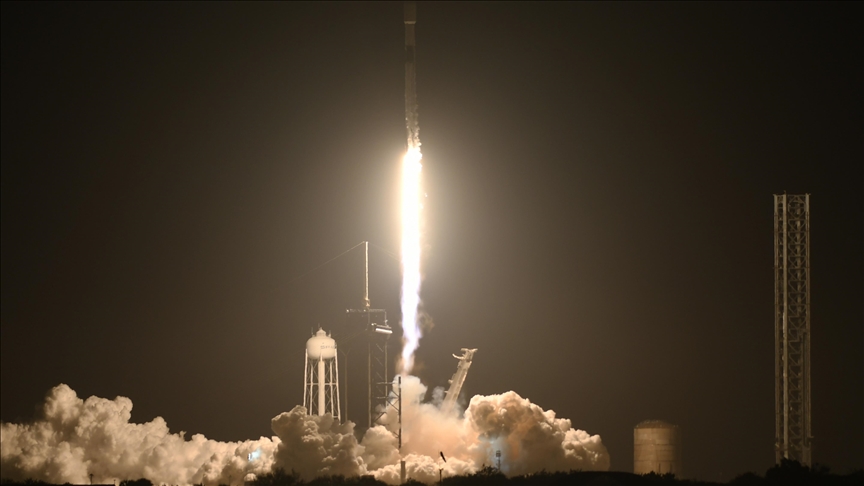NASA revises moon landing strategy amid delays, political pressure
US space agency will reopen competition for lunar lander designs, says acting administrator, citing SpaceX delays and pressure from White House
 File Photo
File Photo
ISTANBUL
NASA's acting administrator has announced major changes to the agency’s lunar landing strategy, citing delays in SpaceX’s development of its Starship lander and growing pressure from the White House to reach the Moon before China, Ars Technica reported.
Speaking to Fox News on Monday, Sean Duffy said private company SpaceX had fallen behind schedule on its $2.9 billion Human Landing System contract with NASA. He added that President Donald Trump wants US astronauts to land on the Moon’s surface during his current term, and that NASA would reopen competition for new lunar lander designs.
“They’re behind schedule, and so the president wants to make sure we beat the Chinese,” said Duffy, who is also the US transportation secretary. “So I’m in the process of opening that contract up. I think we’ll see companies like Blue (Origin) get involved, and maybe others.”
The announcement effectively marks NASA’s official acknowledgment that its goal of a crewed lunar landing by 2027 is no longer realistic.
SpaceX, owned by Elon Musk, and Blue Origin already hold contracts with NASA to develop reusable lunar landers. However, major technical hurdles — such as in-space refueling — have slowed progress. Duffy also hinted that traditional aerospace firms like Lockheed Martin could join the competition.
Lockheed confirmed on Monday that it is working on alternative lander concepts and is ready to support NASA “as quickly as possible.”
“Throughout this year, Lockheed Martin has been performing significant technical and programmatic analysis for human lunar landers that would provide options to NASA for a safe solution to return humans to the Moon as quickly as possible,” said Bob Behnken, vice president of exploration and technology strategy at Lockheed Martin Space.
Expanding the program may require additional funding from Congress, potentially pushing total costs to between $20 billion and $30 billion — nearly 10 times the value of the original SpaceX contract.
Musk, however, dismissed concerns over delays, writing on US social media company X: “SpaceX is moving like lightning compared to the rest of the space industry … Moreover, Starship will end up doing the whole Moon mission. Mark my words.”
Musk has been Trump’s top campaign donor and a close advisor, though the two had a falling out over the summer.
As both political and technical pressures mount, the future of NASA’s lunar ambitions may hinge on whether the expanded competition Duffy envisions can truly accelerate progress.





